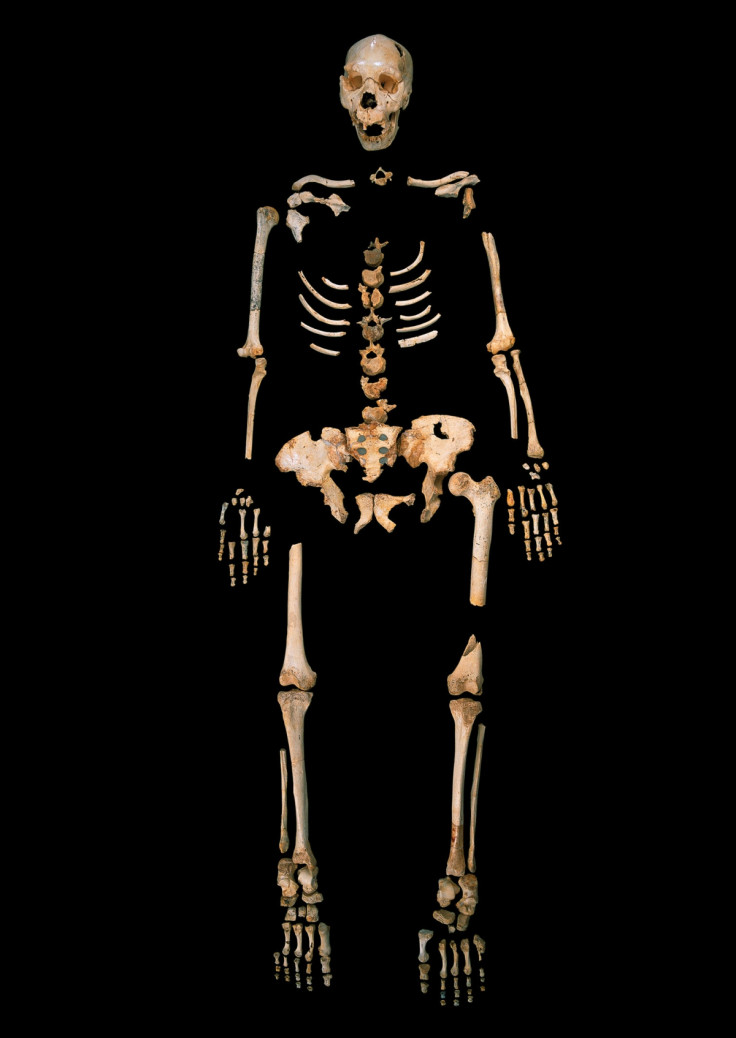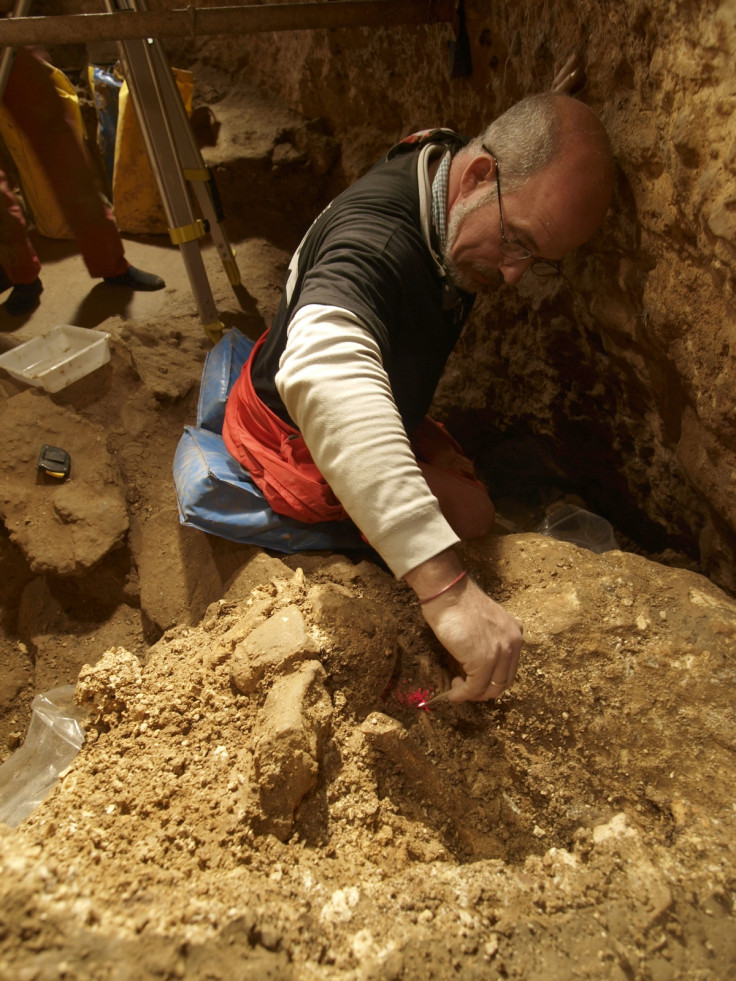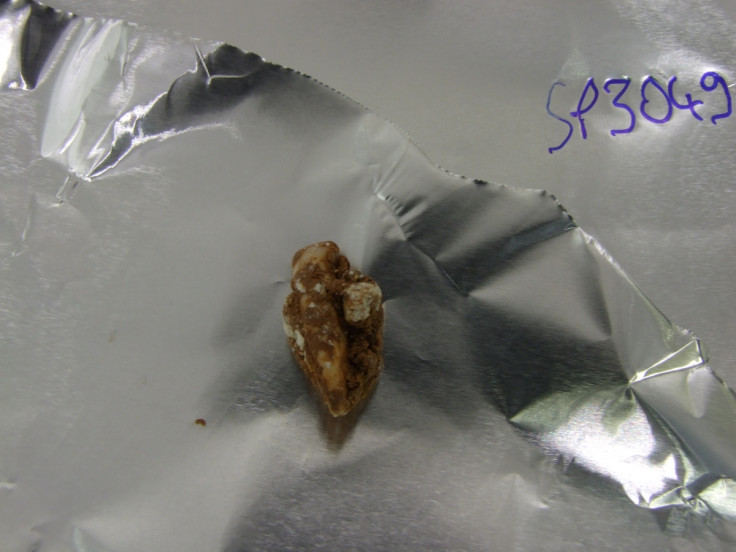Sima de los Huesos: DNA secrets of 430,000-year-old 'pit of bones' hominins revealed

The oldest relatives of Neanderthals have been identified through the DNA of hominins found at the 430,000-year-old Sima de los Huesos site in northern Spain. Also known as the 'pit of bones', three decades of excavations have unearthed 28 hominin individuals. However, huge questions have remained over who – and indeed what – they were.
The fossils appeared to have features similar to Neanderthals, yet analysis of the mitochondrial genomes suggests a closer relationship with Denisovans. Who they were has remained a mystery to researchers, and finding out the answer to this query has the potential to provide a huge insight into human evolution and how early human ancestors interacted with their extinct relatives.

Published in Nature, a team of scientists from the Max Planck Institute for Evolutionary Anthropology has carried out extremely sensitive tests on the DNA from two specimens found at the Sima de los Huesos site, along with analysis of mitochondrial DNA from one of them.
Findings indicated these hominins belonged to the Neanderthal evolutionary lineage, being more closely related to the extinct species than to the Denisovans. This suggests Denisovans and Neanderthals diverged before 430,000 years ago.

Svante Pääbo, author on the study, said the findings provide an "important anchor point" in the timeline of human evolution: "They are consistent with a rather early divergence of 550,000 to 750,000 years ago of the modern human lineage from archaic humans."
As with previous findings, researchers showed the mitochondrial DNA of the Spanish hominins is more closely related to Denisovans thant Neanderthals – and they believe this might have resulted from gene flow from Africa.

Juan-Luis Arsuaga, who led the excavations at Sima de los Huesos for three decades, said: "We have hoped for many years that advances in molecular analysis techniques would one day aid our investigation of this unique assembly of fossils. We have thus removed some of the specimens with clean instruments and left them embedded in clay to minimise alterations of the material that might take place after excavation."
Matthias Meyer, lead author of the study, said: "Sima de los Huesos is currently the only non-permafrost site that allow us to study DNA sequences from the Middle Pleistocene, the time period preceding 125,000 years ago. The recovery of a small part of the nuclear genome from the Sima de los Huesos hominins is not just the result of our continuous efforts in pushing for more sensitive sample isolation and genome sequencing technologies. This work would have been much more difficult without the special care that was taken during excavation."
© Copyright IBTimes 2024. All rights reserved.







